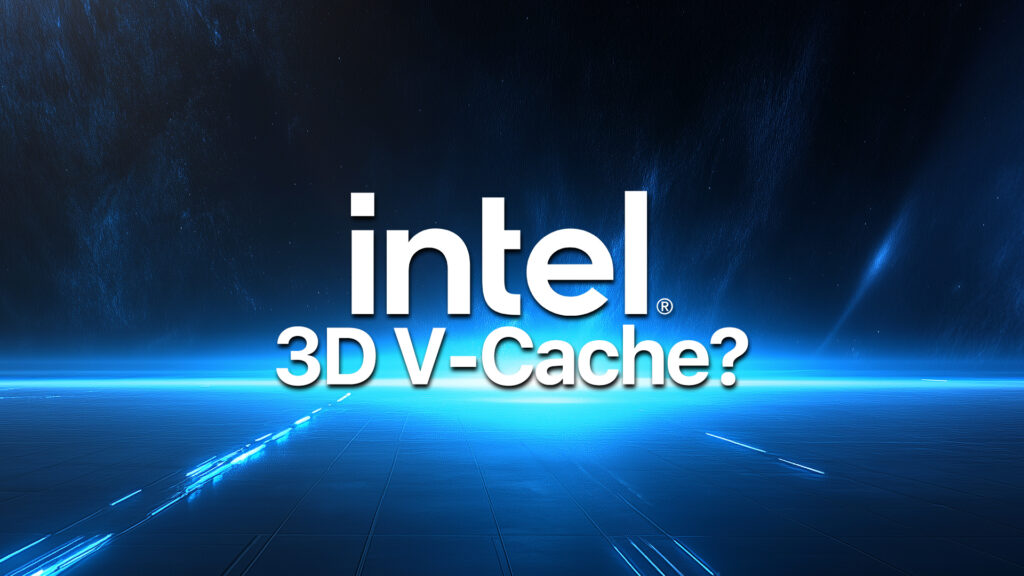Intel's 3D V-Cache: Not for Consumer CPUs
Sunday, November 17, 2024Intel's 3D V-Cache: Not for Consumer CPUs
Intel has recently announced that it will not be bringing its 3D V-Cache-like technology to consumer desktop CPUs anytime soon. Instead, the company is focusing on enhancing its server processors with this advanced caching technology. Here's a closer look at Intel's decision and what it means for the future of its CPUs.
What is 3D V-Cache?
3D V-Cache is a technology that involves stacking additional cache memory on top of the CPU die, significantly increasing the amount of cache available. This can lead to improved performance in cache-sensitive applications, such as gaming and high-performance computing.
Intel's Approach
Intel's version of this technology, referred to as "Local Cache," will be featured in its next-generation Clearwater Forest Xeon CPUs. These server processors will incorporate the latest advancements from Intel Foundry, including Foveros Direct 3D, RibbonFET, PowerVia, and EMIB 3.5D. The Local Cache will be integrated into the base tile of the CPU, providing a substantial boost in performance for data center workloads.
Why Not for Consumers?
Intel has decided not to bring this technology to its consumer desktop CPUs for several reasons:
Market Focus Intel's primary focus is on the server market, where the demand for high-performance, cache-sensitive applications is much greater. The company believes that the benefits of 3D V-Cache are more impactful in this segment.
Gaming Market While 3D V-Cache can enhance gaming performance, Intel has stated that the gaming market is relatively small compared to other segments. Designing a consumer CPU with 3D V-Cache would not be as cost-effective or beneficial for the broader market.
Technological Challenges Integrating 3D V-Cache into consumer CPUs presents significant engineering challenges. Ensuring efficient interconnects and managing the complexity of the design would require substantial resources and investment.
Future Prospects
Although Intel is not planning to introduce 3D V-Cache to its consumer CPUs in the near future, the company continues to innovate and explore new technologies. The advancements made in server processors could eventually trickle down to consumer products, but for now, Intel is prioritizing the segments where the impact is most significant.
In conclusion, Intel's decision to focus its 3D V-Cache-like technology on server processors highlights the company's strategic priorities. While gamers and enthusiasts may be disappointed, the potential benefits for data center applications are substantial, paving the way for future innovations in CPU design.

